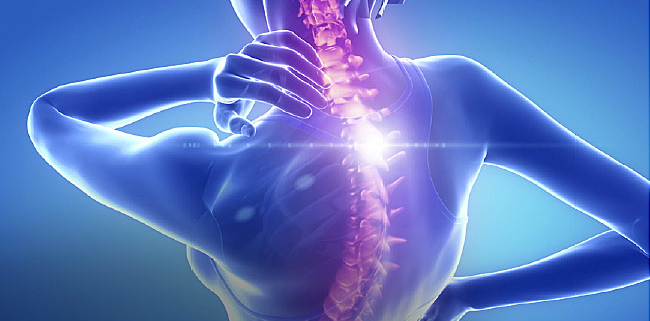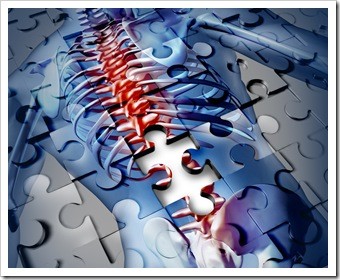Enhancing Ccomprehensive Primary Care by Integrating Chiropractic Led Musculoskeletal Care Into Interprofessional Teams Through Supporting Education, Competency Attainment, and Optimizing Integration
Enhancing Ccomprehensive Primary Care by Integrating Chiropractic Led Musculoskeletal Care Into Interprofessional Teams Through Supporting Education, Competency Attainment, and Optimizing Integration
SOURCE: Healthc Manage Forum 2024 (Sep); 37 (1_suppl): 55S–61S
| OPEN ACCESS |
Silvano Mior, DC, FCCS, PhD • Diana De Carvalho, DC, PhD • Jairus Quesnele, DC, FCCS, APP • Sheilah Hogg-Johnson, PhD • Pegah Rahbar, BSc, DC • Megan Logeman, BSc, PMP
Canadian Memorial Chiropractic College,
Toronto, Ontario, Canada.
Musculoskeletal (MSK) conditions are the leading cause of disability, resulting in up to 40% of visits to family physicians. Current primary care workforce shortages in Canada require other providers to maximize scopes of practice. Few MSK providers have been trained in team-based primary care settings. Study objectives included: (1) educating participating primary care teams through synchronous education, (2) educating Canadian primary care providers through asynchronous education, and (3) integrating chiropractors into primary care teams, whilst evaluating team MSK care knowledge/attitudes and integration experience. Results indicated improvements in collaborative competency, improved understanding and attitudes to chiropractic, and the importance of providing MSK care within funded primary care. Teams employed unique approaches to integrating chiropractors and indicated high demand for their services by patients and providers. Provision of MSK care without economic barrier is desirable and highly valued by teams. Chiropractors are well suited to participate in funded primary care teams in Canada.
From the FULL TEXT Article:
Introduction
Musculoskeletal (MSK) conditions are the leading cause of disability in Canada and a significant burden to people, health systems, and economies. [1] In most Canadian provinces, public funding for MSK care is limited, posing a significant barrier to patient access. In the United States, MSK complaints are the most common reason for primary care appointments, accounting for approximately 40% of encounters, [2] highlighting the importance of strengthening MSK expertise in primary care to impact patient outcomes. One solution is to provide integrated MSK care (embedding MSK care providers such as chiropractors and physiotherapists) as part of comprehensive primary care.
Currently, few MSK health providers have been formally trained in Interprofessional Collaboration (IPC), limiting integration and optimization of team-based patient-centred care. Interprofessional Education (IPE) supports the development of a competent health workforce and helps mitigate the current fragmentation of care in health service delivery. [3]
There are more articles like this @






